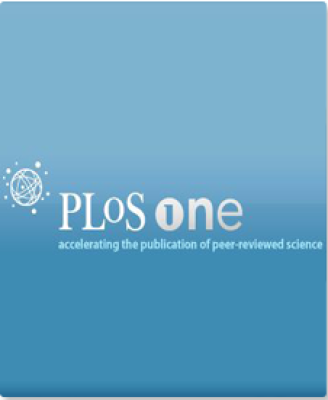
Scientific Publications
Resources
Scientific Publications
A short list of scientific journal publications from 1998 to present based on STC’s work in Costa Rica, Panama, Southeast US, Bermuda and Nevis.

All Product Reviews
A short list of scientific journal publications from 1998 to present based on STC’s work in Costa Rica, Panama, Southeast US, Bermuda and Nevis.